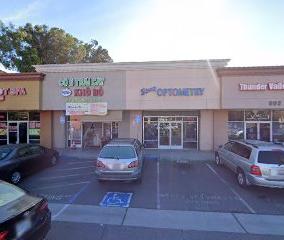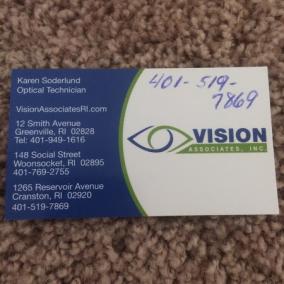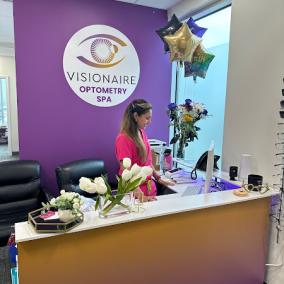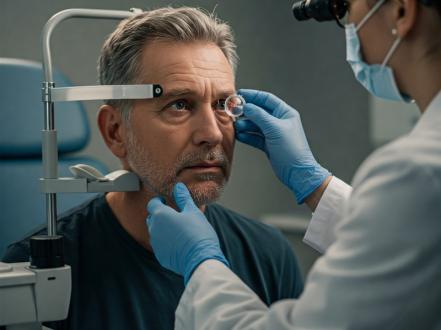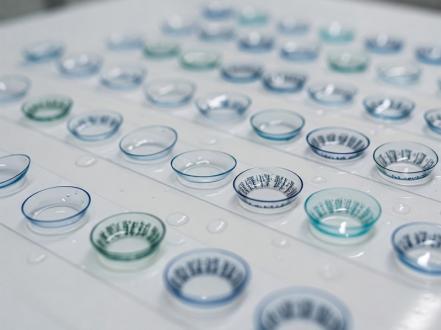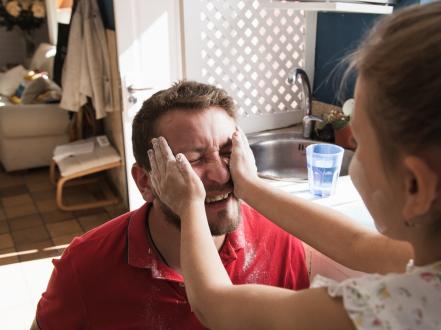Follicular conjunctivitis? | Symptoms, causes & care
One kind of ocular issue is termed a follicular type of conjunctivitis. Little pimples and irritation—mostly in the lower lid but often affecting both eyes—are the indicators. Generally speaking, irritants or infections cause this issue.
Signs and Triggers
Individuals may have a range of indications that vary with the origin and extent of the illness. Regular markers are irritation or itching, gritty sensation, unusual tear production, and sometimes mucoid discharge.
The most prevalent cause is viral. The toxic form may be triggered by exposure to certain chemical irritants, for example, chlorine in swimming pools. This illness may also be brought on by immune responses, triggering an allergic type.
Rare as it is, the chlamydia-induced form of the illness poses a greater health danger. Untreated it may lead to a number of problems.
Care Tactics
A correct diagnosis is crucial as the cause determines the therapy in full. Finding the precise reason helps to determine the best course of a care tactic.
The adenovirus causes viral conjunctivitis, however, there is presently no cure. Patients are therefore recommended to control the signs while the body battles the infection by using artificial tear drops to soothe irritation, cold wraps to decrease puffiness and discomfort, and rigorous hygiene procedures to stop transmission.
Usually, topical antibiotics are advised for bacterial conjunctivitis. Before finding the best drug option, it is imperative that the kind of bacterium be determined.
When chemical irritants are involved, it is best to rinse the eyes thoroughly and right away to lower the possibility of any long-term harm.
Considering that chlamydia is systemic, this type of issue needs systemic antibiotic therapy to avoid complications. To avoid re-infection, the patient must also treat any sexual partners.
Correct detection of the trigger is the initial step in the treating scheme, only then, the required symptom control or particular therapies can be effectively applied. It is very important to follow up after therapy adequately, especially if symptoms do not improve or worsen.


